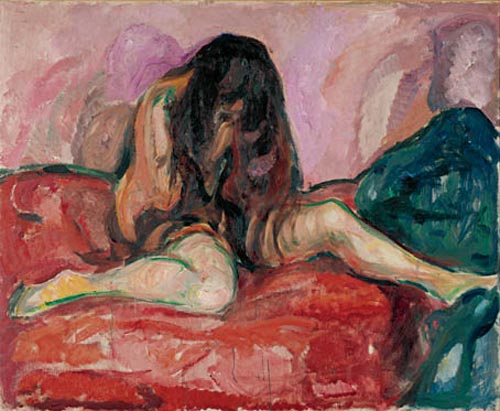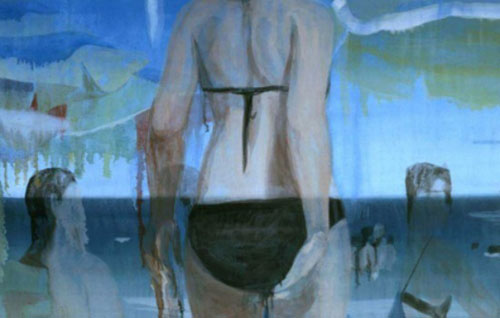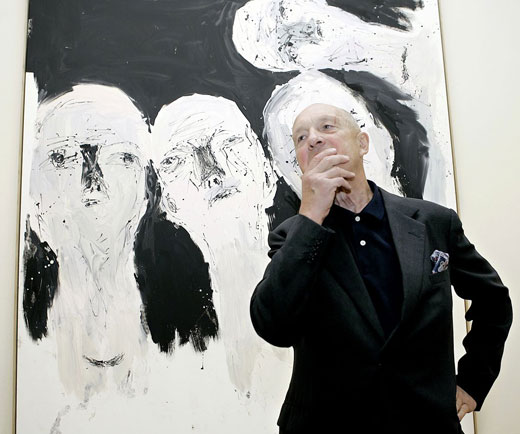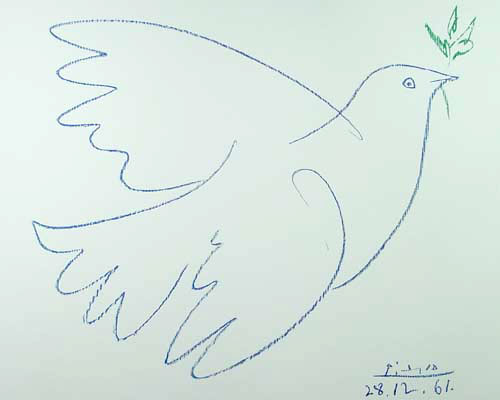Until the 9th of January, 2012 the Pompidou Center in Paris displays the most interesting and diverse work of the Norwegian artist Edvard Munch. With this exhibition, the Centre Pompidou seeks to show a different side of the painter, who was famous for his work The Scream, which the critics have typecast in symbolism. In this exhibition we will have the chance to appreciate the most modern of his work through his photography.

The exhibition is organized with around a hundred and forty pieces, of which there are about sixty paintings, fifty photographs and several film experiences. It also shows sculptures by Munch for the first time.
The interesting thing about this exhibition is the evolution of Munch’s work, who was obsessively remaking or repeating some of his works, while transforming in them, his own style. One of them is Girls on the Bridge, whose seven versions are a permanent dialogue between the artist and his work. In this painting, which belongs to symbolism, you can see some lines that are transformed into a slight expressionist nuance on his work, demonstrating the psychological traits of the artist and his constant search for the symbolic representation of his work.
While Munch has been positioned as a symbolist and pre-expressionist of nineteenth century, whose mental anguish and tormented soul led him to paint the darkest side of humanity, the exhibition explores another Munch, who lived far from the active prejudice to transformations and aesthetic debates, opening other windows to the art of his time, through photography and the development of technology around image.
His art nouveau style, led him to theater and even into the film industry. He took many self-portraits, in an interview in 1938, he said he learned a lot of photography from them and had taken many pictures of himself. His photographs explore the close-ups, are mostly self-portraits of his face.
That same obsession with repetition he showed in painting, was remarked in his life and photography. Munch was obsessed with certain images and copied them on his retina to repeat them as many times as possible. This can be seen in his encounter with the model Rose Meissner, who appeared in some photos and numerous paintings, as well as in a strange bronze sculpture. It is like if he memorized something nice and hold it in his memory in many possible ways.
Another aspect that Munch was passionate about, and pervasive in his work was materiality. He played with some fading effects in his images through a certain search for transparency in all his paintings, a concept that he tried to repeat in photography, despite the technical limitations that prevent him to achieving sophisticated effects, demonstrating that Munch was much more than a good painter.
For more information: http://www.centrepompidou.fr/Pompidou/Manifs.nsf/AllExpositions/B7B16198B955CF3BC1257824003508B8?OpenDocument&sessionM=2.1.2&L=1&form=Actualite
 Nancy Guzman
Nancy Guzman
This is a great opportunity to learn more about the new facets of Edvard Munch, so if you are thinking of spending a few days in apartments in Paris do not forget paying a visit to the Pompidou.

 English
English


